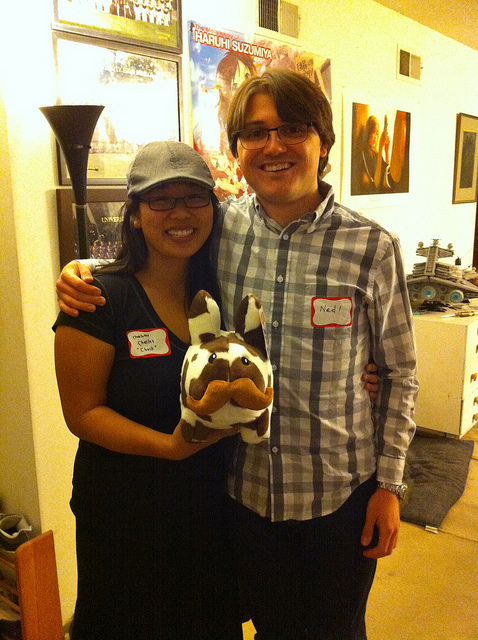The Five Stars is the name of my Dungeons & Dragons 3rd Edition campaign, set in a land featuring five deities known as the Five Stars. We began playing on 3/3/2013.
The Land of the Five Stars is heavily populated by three races – the humans, elves, and dwarves. The elves live in the Azsant Forest in the north. From the Azsant Forest flows a river that flows south into Lake Lira with the human city-state of Lira on its east banks. Rivers flow from Lake Lira to the west into the Bay of Geldor along the coast. On the southeastern side of the bay lies the human city-state of Geldor. A final river flows southwest out of Lake Lira to a much smaller lake called Lida’s Step. Water flows south of Lida’s Step into the Karda Mountains.The Karda Mountains run almost the length of the civilized region. In the west, the Karda Mountains are lush, but in the east, known simply as East Karda, they are barren. The area surrounding East Karda is known as the Karda Desert. To the west of the Karda Mountains, between the mountains on the ocean, is a hilly region home to the gnomes and aptly named the Gnomelands. A final river flows west out of Lida’s Step, through the Gnomelands, and into the ocean.
Human-Elf relations
Elves have traveled throughout the human lands and will be familiar with both Geldor and Lara. Lara, being close to the Azsant Forest and home of many magic users, will be very familiar to many elves. Humans stereotype elves as being physically weak and magically strong. While some humans are curious about the Azsant Forest, the elves don’t usually like other sentient races in their land. Humans in both Geldor and Lira will be familiar with elves.
Human-Dwarf relations
The dwarves will be very familiar with humans. Bera has good trade relations with Geldor, so many dwarves will also be familiar with the city of Geldor. Humans will be fairly familiar with dwarves, which can be seen in any major human settlement. In addition, dwarves are extremely populous in Geldor. Some humans of Geldor may also be familiar with their city, Bera, in the Karda Mountains. Humans also know that there’s a second dwarven city-state, and many believe these dwarves to be lower class but don’t know much about them. Dwarves are known to humans for their blacksmithing and gem mining.
Human-Gnome relations
Traditionally gnomes stayed within the Gnomelands or the Karda Mountains. Only recently have they begun to explore the lands of humans. Gnomes are usually curious of humans but some are wary because of humans’ tendency to look down on gnomes. Humans who have been to Bera will be familiar with gnomes. However, gnomes aren’t seen often outside of the Gnomelands or the dwarven territory. Many humans dismiss them because of their size.
Elf-Dwarf relations
Most dwarves that stay in the Karda Mountains won’t be very familiar with elves, although they know of them. Dwarves who live in human cities will be familiar with them. Many dwarves feel on edge around elves, feeling like they’re too formal.
Elf-Gnome relations
Despite tending to stay in their corner of the world, gnomes have begun a relationship with the elves. Looking to learn more about nature and magic, some gnomes look up to the elves. Gnomes are naturally curious and see in the elves a strong sense of responsibility and much knowledge. Elves have let some gnomes into the Azsant Forest to study with them. Similarly elves have traveled to the Gnomelands, but this is less common.
Dwarf-Gnome relations
Dwarves and gnomes have been friends for a very long time. Dwarves consider the Gnomelands to be very rural, while gnomes consider dwarven settlements to be big cities. As such, dwarves don’t travel to the Gnomelands often, but gnomes are quite common in dwarves cities. Gnomes are only other race to be readily familiar with the two types of dwarves, Berai dwarves in the Karda Mountains from Bera and Krarn dwarves in East Kara from Krar.


You must be logged in to post a comment.